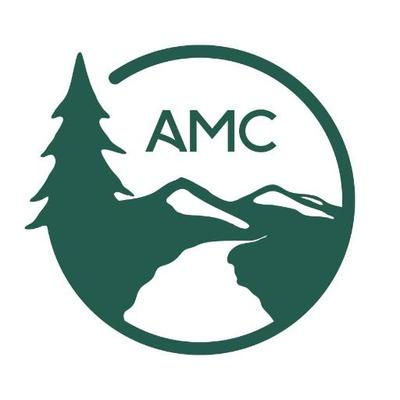预约演示
更新于:2025-05-07

Appalachian Mountain Club
更新于:2025-05-07
概览
关联
100 项与 Appalachian Mountain Club 相关的临床结果
登录后查看更多信息
0 项与 Appalachian Mountain Club 相关的专利(医药)
登录后查看更多信息
20
项与 Appalachian Mountain Club 相关的文献(医药)2021-11-01·Atmospheric Environment
Northeastern mountain ponds as sentinels of change: Current and emerging research and monitoring in the context of shifting chemistry and climate interactions
作者: S.J. Nelson ; J. Daly ; R.A. Hovel ; W.H. McDowell ; A. Gavin ; S. Dykema
2021-11-01·Geoderma
Repeated freeze–thaw cycles increase extractable, but not total, carbon and nitrogen in a Maine coniferous soil
作者: Corianne Tatariw ; Tsutomu Ohno ; Kaizad F. Patel ; Sarah J. Nelson ; Jean D. MacRae ; Ivan J. Fernandez
2020-12-01·Biogeochemistry
Contrasting stream nitrate and sulfate response to recovery from experimental watershed acidification
作者: Sarah J. Nelson ; Stephen A. Norton ; Jacob Malcomb ; Kaizad F. Patel ; Ivan J. Fernandez
100 项与 Appalachian Mountain Club 相关的药物交易
登录后查看更多信息
100 项与 Appalachian Mountain Club 相关的转化医学
登录后查看更多信息
组织架构
使用我们的机构树数据加速您的研究。
登录
或

管线布局
2025年05月12日管线快照
无数据报导
登录后保持更新
药物交易
使用我们的药物交易数据加速您的研究。
登录
或

转化医学
使用我们的转化医学数据加速您的研究。
登录
或

营收
使用 Synapse 探索超过 36 万个组织的财务状况。
登录
或

科研基金(NIH)
访问超过 200 万项资助和基金信息,以提升您的研究之旅。
登录
或

投资
深入了解从初创企业到成熟企业的最新公司投资动态。
登录
或

融资
发掘融资趋势以验证和推进您的投资机会。
登录
或

Eureka LS:
全新生物医药AI Agent 覆盖科研全链路,让突破性发现快人一步
立即开始免费试用!
智慧芽新药情报库是智慧芽专为生命科学人士构建的基于AI的创新药情报平台,助您全方位提升您的研发与决策效率。
立即开始数据试用!
智慧芽新药库数据也通过智慧芽数据服务平台,以API或者数据包形式对外开放,助您更加充分利用智慧芽新药情报信息。
生物序列数据库
生物药研发创新
免费使用
化学结构数据库
小分子化药研发创新
免费使用